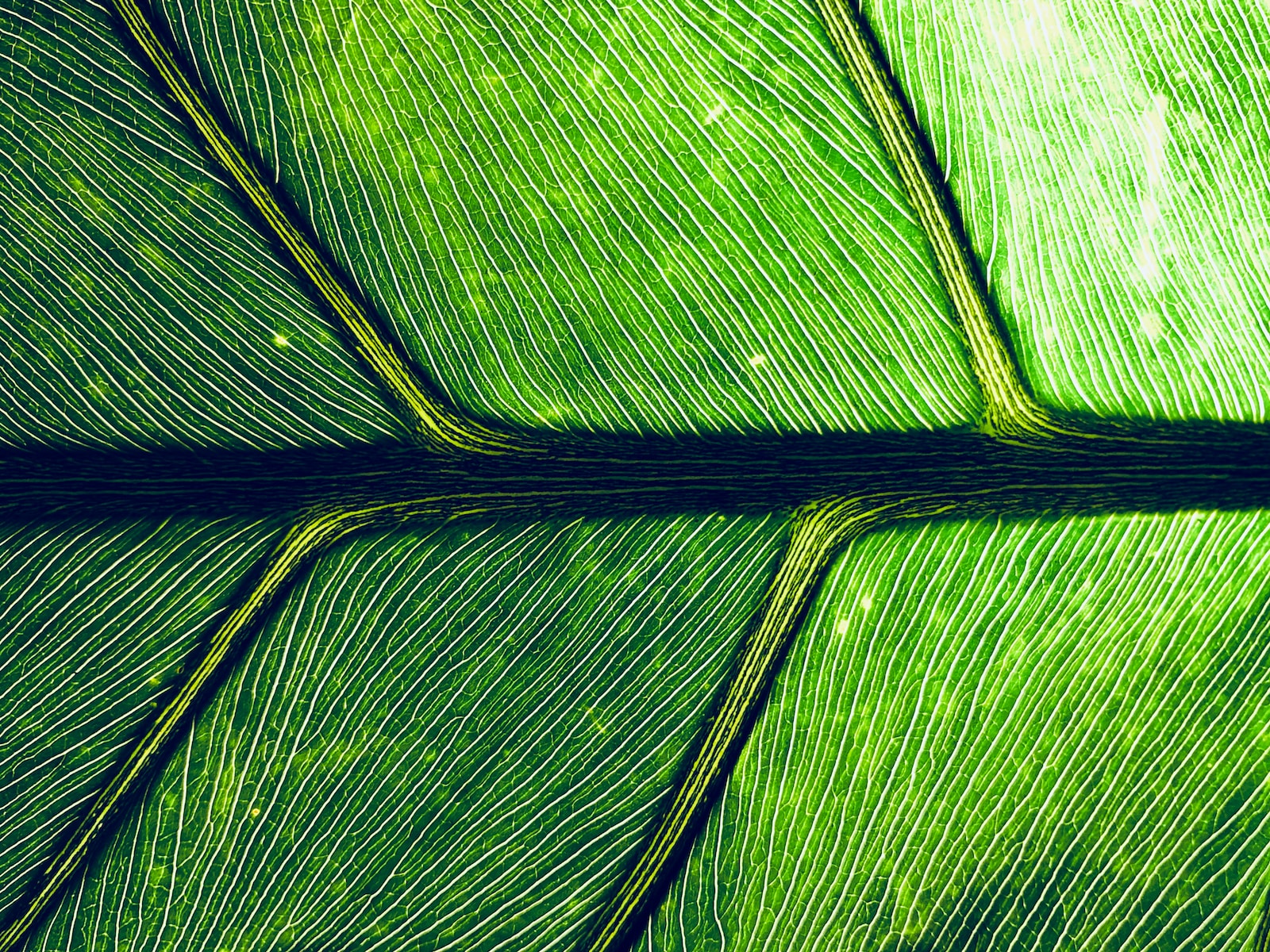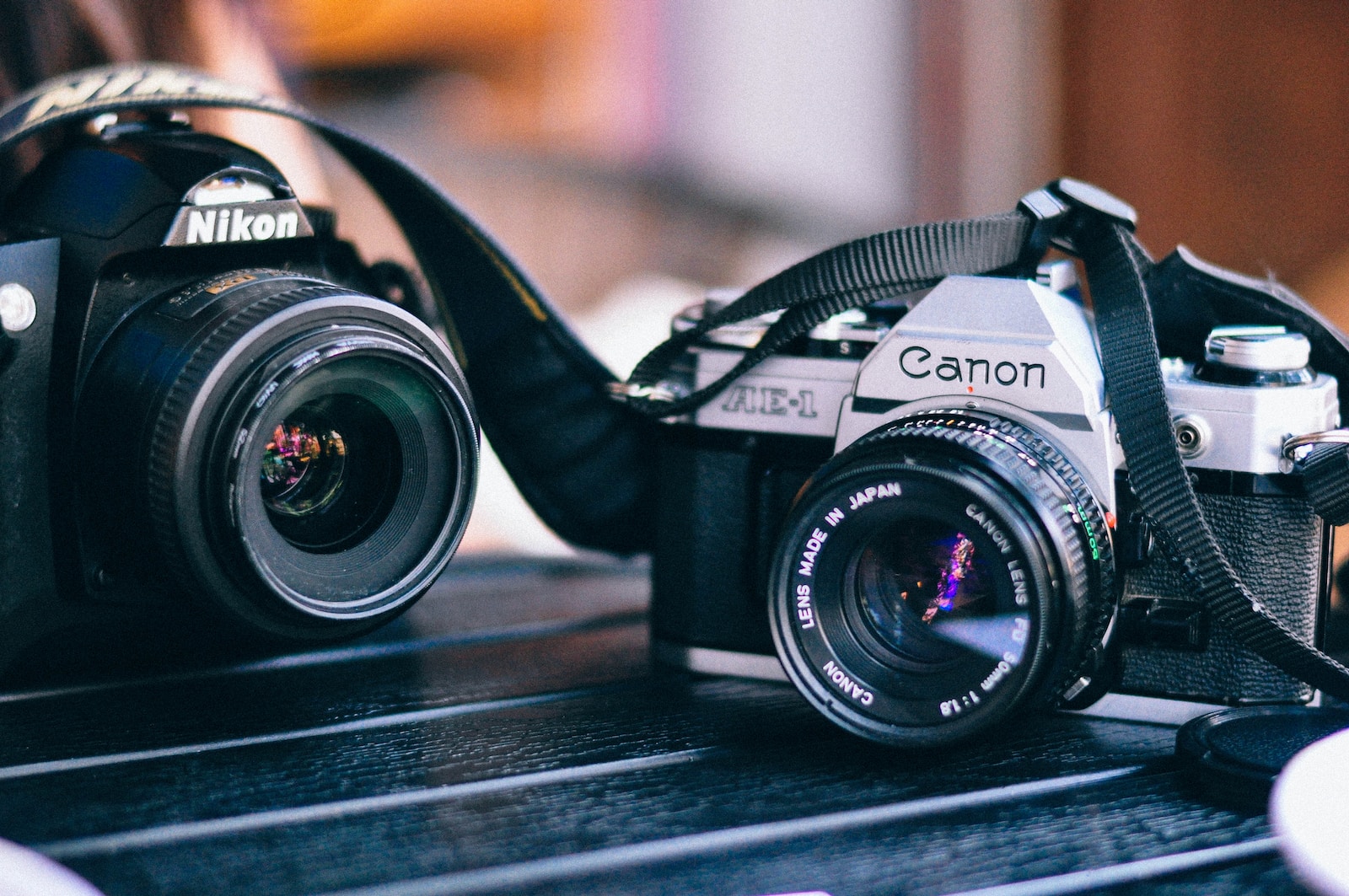Welcome to “Unlocking the Tiny World – Microscopic Images”, your go-to source for all things related to microscopic photography. Have you ever wondered what lies beyond the naked eye? This blog will take you on a captivating journey into the unseen world, sharing valuable tips on equipment, lighting, and techniques to help you capture mesmerizing close-up images. Whether you’re a seasoned photographer or a curious beginner, get ready to discover the awe-inspiring beauty of the microscopic universe!
Table of Contents
- Unlocking the Tiny World – Microscopic Images
- Unlocking the Tiny World – Microscopic Images
- Exploring the Unseen: Capturing Microscopic Images
- Frequently Asked Questions
- 1. What is microscopic photography?
- 2. What equipment do I need for microscopic photography?
- 3. How important is lighting in microscopic photography?
- 4. What are some tips for capturing microscopic images effectively?
- 5. Are there any specific techniques for scientific photography?
- 6. How can I enhance the colors in my microscopic images?
- 7. Can I use my smartphone for microscopic photography?
- 8. Where can I find inspiration for microscopic photography?
- 9. Are there any ethical considerations in microscopic photography?
- 10. How can I share my microscopic images with others?
- Wrap Up
Unlocking the Tiny World – Microscopic Images
Microscopic photography is a fascinating field that allows us to delve into the hidden world of infinitesimally small organisms and objects. By using specialized equipment and techniques, photographers can capture stunning images that unveil the intricate details and beauty of these microorganisms. In this blog, we will explore the amazing world of microscopic photography and provide valuable tips on equipment, lighting, and techniques to help you unlock the secrets of this tiny realm.
The Marvels of Microscopic Photography
One of the most captivating aspects of microscopic photography is the ability to showcase the unseen world that surrounds us every day. By magnifying objects thousands or even millions of times their actual size, photographers can reveal the hidden patterns, structures, and colors that are usually invisible to the naked eye.
Imagine capturing the elaborate details of a butterfly wing at a microscopic level, revealing the intricate arrangement of scales or the delicate hues that create its stunning patterns. Macro lenses designed for microscopic photography allow photographers to explore the mesmerizing world of natural formations, opening up a realm where beauty lies in the tiniest of details.
Not limited to the natural world, microscopic photography also enables us to gain insight into the scientific field. By photographing samples under a microscope, scientists can study cells, bacteria, and other microorganisms, furthering our understanding of the intricate workings of life. For example, capturing the structure of a virus or examining the arrangement of chromosomes can provide valuable information that contributes to the advancement of medical research and scientific discoveries.
Capturing the Unseen with Precision
To achieve compelling microscopic images, it is essential to have the right equipment and employ effective techniques. Here are some tips to help you capture stunning photographs of the microscopic world:
- Invest in a quality microscope: A high-quality microscope is the foundation of successful microscopic photography. Look for a model that offers high magnification, excellent resolution, and adjustable lighting.
- Choose appropriate lighting: Proper lighting is crucial for capturing clear and detailed images. Use a combination of top and bottom lighting to eliminate shadows and enhance the visibility of microscopic structures.
- Use a stable setup: Microscopic photography requires precision and stability. Invest in a sturdy tripod or mount to eliminate camera shake and ensure sharp images.
- Experiment with different lenses: Different lenses offer varying levels of magnification and depth of field. Experiment with macro lenses, extension tubes, and teleconverters to achieve different effects and capture the desired level of detail.
- Employ image stacking: Image stacking is a technique used in microscopic photography to improve depth of field. By combining multiple images of the same subject, taken at different focal points, you can create a final image with greater clarity and detail.
- Prioritize composition: Just like with any form of photography, composition plays a crucial role in creating impactful microscopic images. Pay attention to leading lines, symmetry, and balance to create visually appealing compositions.
Unlocking the tiny world of microscopic images is an exciting journey that merges art and science. By following these tips and exploring the possibilities of microscopic photography, you can unravel the hidden secrets of the unseen world and capture astonishing images that leave a lasting impression.
Start your own expedition into the fascinating realm of microscopic photography today and unlock the awe-inspiring beauty that lies beneath the surface.
Did you know that microscopic photography allows us to explore a hidden universe all around us? By capturing the minute details of objects, we can witness the astonishing beauty and complexity of the tiniest life forms and structures.
Unlocking the Tiny World – Microscopic Images
Welcome to “Unlocking the Tiny World – Microscopic Images,” a blog dedicated to helping you capture the unseen world through the lens of your camera. In this in-depth blog, we will explore the fascinating realm of microscopic photography, providing tips on equipment, lighting, and techniques that will enable you to capture stunning and unique images.
The Main Subject: Exploring the Hidden World
The main subject of microscopic photography is the exploration of the hidden world that is often unseen by the naked eye. It allows us to dive into the intricate details of objects, revealing a world of colors, textures, and patterns that can be both beautiful and awe-inspiring.
One of the key considerations for capturing microscopic images is the choice of camera. While there are many options available, it is important to choose a camera that offers high-resolution capabilities, allowing you to capture fine details with clarity. Look for cameras with a high megapixel count, as this will ensure sharper images.
When it comes to lenses, there are a few options to consider. Macro lenses are specifically designed for close-up photography, enabling you to get extremely close to your subject while maintaining focus. These lenses offer a magnification ratio of 1:1 or higher, giving you the ability to capture the finer details of your subject.
Alternatively, you can also use extension tubes, which are placed between the camera body and the lens. These tubes increase the distance between the lens and the camera’s sensor, allowing you to focus at much closer distances. Extension tubes are a more affordable option compared to macro lenses, making them a great choice for beginners or photographers on a budget.
Another equipment consideration is lighting. Proper lighting is crucial for capturing microscopic images effectively. You can use natural light, but for more controlled results, it is recommended to use artificial lighting. Macro ring lights or dedicated macro flashes can provide even lighting and help eliminate shadows on your subject.
The Best Equipment for Macro Photography
If you are looking to delve into macro photography, here are some equipment options that can enhance your photographic experience:
- Focus Stacking: Consider a camera that offers focus stacking capabilities. This feature allows you to capture multiple images at different focus points and merge them together using software. This technique helps in achieving a greater depth of field, resulting in sharper and more detailed images.
- Tripod: When shooting at such close distances, any slight movement can result in blurry images. Investing in a sturdy tripod will help stabilize your camera and minimize any unwanted movement.
- Remote Shutter Release: To further minimize camera shake, a remote shutter release is essential. This will allow you to trigger the shutter without physically touching the camera.
- Diffusers and Reflectors: Experimenting with diffusers and reflectors can help control and manipulate the lighting in your images. Diffusers soften harsh light, while reflectors bounce light back onto your subject, providing a more balanced and appealing result.
Remember, the key to capturing stunning microscopic images lies not only in the equipment you use but also in your creativity and attention to detail. Keep experimenting, exploring, and honing your skills to truly unlock the beauty of the tiny world.

Exploring the Unseen: Capturing Microscopic Images
Have you ever wondered what the world looks like on a microscopic level? The intricate details and hidden beauty found in tiny organisms and structures are simply mesmerizing. With the help of advanced technology and proper techniques, you can unlock this tiny world and capture stunning microscopic images. In this blog, we will delve into the equipment, lighting, and techniques required to delve into the realm of microscopic photography.
The Best Time to Take Microscopic Photos
Unlike outdoor photography that relies on optimal lighting conditions, microscopic photography can be done at any time of the day or night. This is because you have full control over the lighting within your setup. However, there are certain factors to consider when choosing the best time to capture these images.
One crucial aspect is to ensure minimal external light interference. Natural daylight can introduce unnecessary reflections or glare, so it’s advisable to work in a dark or controlled environment. This way, you have better control over the lighting and can eliminate any unwanted distractions.
Additionally, taking microscopic photos during the quieter hours of the day or night can be beneficial. This reduces vibrations and disturbances that could potentially affect the stability of your setup, leading to blurry images. In such instances, setting up your equipment away from high-traffic areas or choosing a time when the surroundings are relatively calm is advisable.
Choosing the Best Vantage Points and Positions
As a photographer delving into the world of microscopic images, your vantage point and position play a crucial role in capturing the best shots. To optimize your results, consider the following options:
Option 1: The Horizontal Plane: Positioning your camera at the same level as the subject allows for a direct, eye-level view. This approach is ideal for capturing intricate details in flat specimens such as microscope slides. It offers a sense of depth and perspective while maintaining accurate proportions.
Option 2: The Vertical Plane: By positioning your camera at a perpendicular angle to the subject, you can capture stunning images that showcase the full height of three-dimensional specimens. This technique is particularly effective for photographing objects such as flowers or biological specimens, where their verticality adds visual interest.
Option 3: The Oblique Angle: Taking a creative approach and experimenting with different angles can yield remarkable results. By tilting the camera slightly, you can highlight specific areas or patterns within the subject. This technique emphasizes texture and can provide a unique perspective, drawing viewers into the intricate details of the microscopic world.
Remember, choosing the right vantage point and position depends on your subject and what you want to emphasize in your images. Experiment with different angles and techniques to uncover the hidden beauty of the microscopic world.
In conclusion, microscopic photography allows us to unlock the unseen and capture compelling images of the tiny world around us. By considering the best time to take these photos and exploring different vantage points and positions, we can reveal the intricate details and hidden beauty in a unique and captivating way. Stay tuned for upcoming blogs, where we will dive deeper into the world of microscopic photography and discuss essential equipment, lighting, and techniques for capturing stunning images.
Using a macro lens can greatly enhance your ability to capture microscopic images. These lenses have a high magnification power, allowing you to focus on small details that are not visible to the naked eye. When paired with good lighting and proper techniques, macro photography can unlock a fascinating world of unseen wonders.
Frequently Asked Questions
1. What is microscopic photography?
Microscopic photography is a technique that involves capturing close-up images of very small subjects, such as cells, bacteria, and other microscopic organisms. It allows us to explore the hidden beauty and intricate details of the tiny world that exists around us.
2. What equipment do I need for microscopic photography?
To capture stunning microscopic images, you will need a few essential pieces of equipment. These include a high-quality microscope, a digital camera or smartphone with a macro lens attachment, and a stable tripod to keep your images sharp and steady.
3. How important is lighting in microscopic photography?
Lighting is crucial in microscopic photography as it helps reveal the details of your subject. You can use a variety of lighting techniques, including brightfield, darkfield, and phase contrast, to enhance the visibility and contrast of your images.
4. What are some tips for capturing microscopic images effectively?
– Use a small aperture to maximize depth of field and ensure that your subject is in focus.
– Experiment with different angles and compositions to create visually striking images.
– Pay attention to the background and eliminate distractions to highlight the main subject.
– Take multiple shots at different focus points and later combine them using software to achieve maximum sharpness.
5. Are there any specific techniques for scientific photography?
When it comes to scientific photography, precision and accuracy are paramount. Pay attention to scales, measurements, and proper labeling of your images. Maintaining consistent conditions and documenting your setup and methodology also contribute to the scientific integrity of your photographs.
6. How can I enhance the colors in my microscopic images?
One way to enhance the colors in your microscopic images is by using staining techniques. These involve adding dyes or stains to your sample to highlight specific structures or cells. Additionally, post-processing software can be used to adjust the color balance, saturation, and contrast of your images.
7. Can I use my smartphone for microscopic photography?
Absolutely! With the availability of macro lens attachments and powerful camera capabilities on smartphones, you can capture impressive microscopic images using your mobile device. Just ensure that you have proper lighting and stability to achieve the best results.
8. Where can I find inspiration for microscopic photography?
There are numerous sources of inspiration for microscopic photography. You can explore scientific journals, nature documentaries, and specialized photography websites. Additionally, joining photography communities and attending workshops or exhibitions can introduce you to new ideas and techniques.
9. Are there any ethical considerations in microscopic photography?
It’s essential to approach microscopic photography ethically and respect the subjects you are capturing. If working with live organisms, ensure that you are conducting your experiments responsibly and have necessary approvals in place. Be mindful of not causing harm or interfering with delicate ecosystems.
You can share your microscopic images with others through various means. Consider creating an online portfolio or blog to showcase your work. Additionally, social media platforms such as Instagram and Flickr allow you to reach a wider audience and connect with fellow enthusiasts and professionals.
Wrap Up
Unlocking the tiny world through microscopic photography is an awe-inspiring journey into the unseen. With the right equipment, lighting, and techniques, you can capture breathtaking images that reveal the hidden beauty of scientific specimens. Whether you are a seasoned photographer or just starting out, this blog has provided you with valuable tips and insights to enhance your skills.
Now it’s your turn to dive into the microscopic realm and start capturing your own extraordinary images! Don’t forget to share your experiences and photographs in the comments section below. We would love to hear about your discoveries and answer any questions you may have. Let’s unlock the wonders of the tiny world together!



